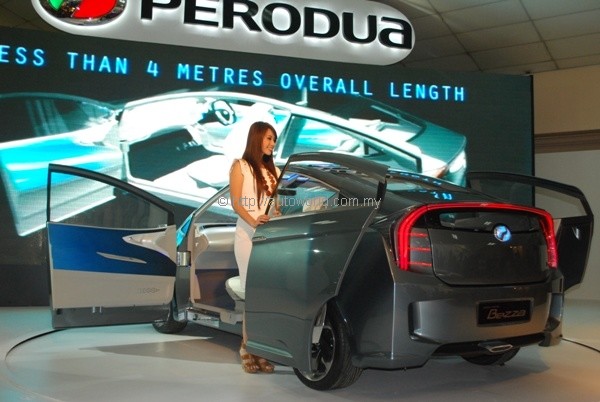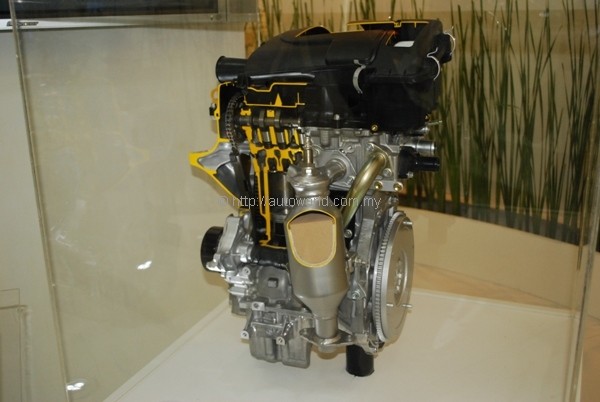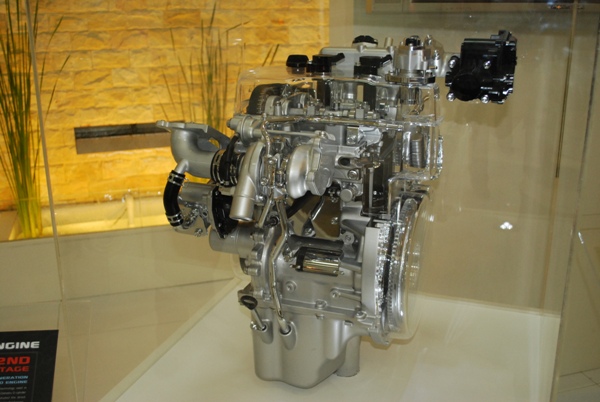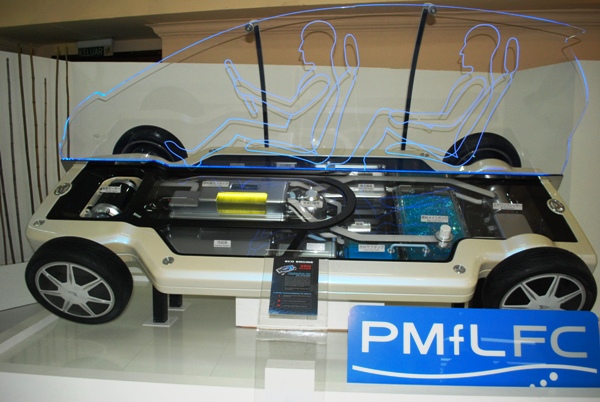Perodua unveils Bezza concept and green engines at KLIMS ’10
Perodua sprang a pleasant surprise at the Kuala Lumpur International Motor Show 2010 with the unveiling of a lifestyle concept vehicle, the Bezza, and also a new generation of eco-friendly powertrains that could make their way into future Perodua vehicles.
“Inspired entirely by Malaysian designers, we believe that this will be the benchmark for compact vehicles in the not-too-distant future,” Perodua Managing Director Datuk Aminar Rashid Salleh said.
At this stage, the Bezza is purely a design concept with no working underpinnings or mechanical bits under its stunning exterior. Notable design features of the car include a pair of sliding rear doors and also swiveling front seats which allow for easy ingress and egress for less able-bodied passengers.
A new generation of eco-friendly engines from Perodua in collaboration with Daihatsu are also on display. Perodua has steadfastly maintained that it has no intentions of venturing into hybrid technology, stating that there is still plenty of room for the internal combustion engine to develop. Its displays at KLIMS stays true to that conviction.
One of the engines on display is a 1.0-litre 3-pot engine featuring all-aluminium construction and direct injection technology. Equipped with 12 valves and twin camshafts, Perodua’s 1st Stage eco engine makes 70hp @ 6,000rpm and 94Nm @ 3,600rpm.
Research into these engines remain at an early stage, although the basic components are unlikely to change. Perodua and Daihatsu are also aware of the current levels of high-sulphur in our local fuel supply, and that adequate testing of these engines with our fuel is on their development agenda.
The 2nd stage engine pushes the envelope further. It is a 660cc two-cylinder engine tricked with turbocharging, direct injection and exhaust gas recirculation. Numbers produced are impressive, with 100Nm twisted out from 1,500 to 4,000rpm and a peak power output of 63hp unleashed at 4,500rpm.
From state of the art internal combustion engines, Perodua’s next jump will then go straight into fuel cells. Researched by Daihatsu, the development of PMfLFC (Precious Metal-free Liquid-feed Fuel Cell) technology was announced in 2007. A model of the technology is on display alongside the pair of new engines.
Perodua’s booth in KLIMS ’10 is situated at Hall 2, Putra World Trade Centre.
Local production of Electronic Automatic Transmission
At the show, Perodua also announced plans to commence local production Electronic Automatic Transmissions (E-AT), an investment in the region of hundreds of millions of ringgits. Don’t be fooled by the name though, there’s nothing ground-breaking about an E-AT. It is just a conventional torque converter automatic transmission with electronic control.
However, let it not detract from the fact that it is still a significant development for the company. Automatic transmissions, even archaic 3-speed mechanical units, are incredibly complex devices requiring extremely high-levels of design and manufacturing techniques to make.
Only a handful of manufacturers are able to source their transmissions in-house. Most opt to source from specialist transmission suppliers such as ZF, Jatco or Aisin. Perodua currently uses E-AT in the Myvi and Alza, which they source from Japan.
































